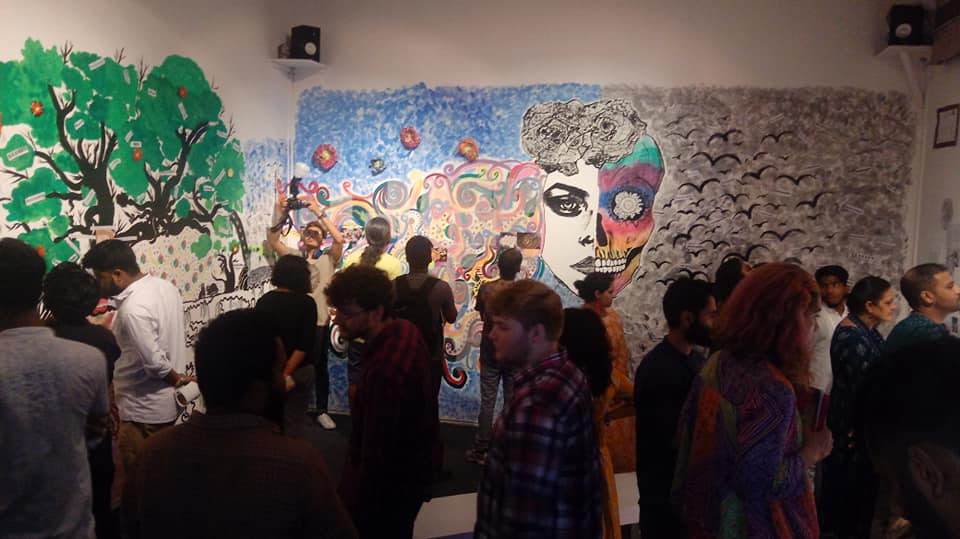Arts Interview: Traveling For Truth
Voices From The Margins Fosters Collaboration Between New Mexico And New Delhi


A moment captured from the celebration of the Voices from the Margins opening in New Delhi, India
Sarah Wilkinson








